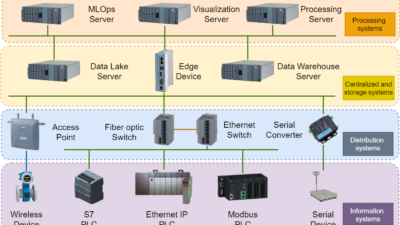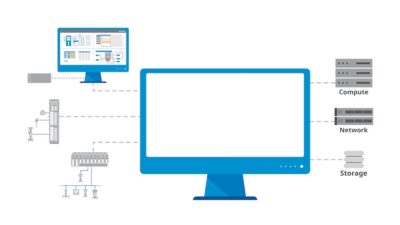What can Wal-Mart teach manufacturing about global supply chains? Perhaps manufacturers would want to consider a best-in-market supply chain approach rather than best-in-class, to better meet customers' needs. Gary Maxwell, senior vice president of international supply chain for Wal-Mart Stores Inc., said a best-in-market approach requires thinking like a customer; complying with local and inte...
What can Wal-Mart teach manufacturing about global supply chains? Perhaps manufacturers would want to consider a best-in-market supply chain approach rather than best-in-class, to better meet customers’ needs.
Gary Maxwell, senior vice president of international supply chain for Wal-Mart Stores Inc., said a best-in-market approach requires thinking like a customer; complying with local and international laws, regulations, and customs; matching the maturity curve to the market; setting high expectations for low costs; and operating in a sustainable way. When it comes to serving customers, best-in-market supply chain management trumps world-class supply chains every time, he said.
Maxwell delivered the advice during the keynote address at the 2009 Annual Global Conference of the Council of Supply Chain Management Professionals, which took place in late September in Chicago.
Adaptive growth, respectfully
Wal-Mart, just shy of $100 billion in revenue last year, does business in 15 countries, with more than 7,900 stores and 228 distribution centers. These outlets include:
-
Small, 1,000-square-foot Costa Rican convenience stores;
-
Large, 200,000-square-foot U.S. super stores;
-
Japanese Seiyu four-level premium-quality grocery/department stores; and
-
United Kingdom-based ASDA Living, general merchandise stores that expanded from a grocery chain acquired 10 years ago.
Through such expansions, respect for individuals remains, Maxwell says, with emphasis on customer service and continuous improvement. There was some question initially if the Wal-Mart culture would work in other countries, he admitted, but everywhere "people need love and respect. When they get respect, they can do extraordinary things." Adding sustainability—doing what’s right by the environment—has been a natural extension of original company principles, Maxwell said.
When Wal-Mart grows by acquisition, management of the acquired company often expresses excitement about the idea of Wal-Mart building stronger supply chains around their businesses, Maxwell explained.
Customer-focused structure
Starting with the customer ensures development of systems that won’t create an uncompetitive cost structure. The business needs to serve the customers’ needs, education, customs, and tastes. It’s wrong to start with the backend and discuss technology or automation first, he warned. Instead:
-
Ask what customers expect, what are their experiences, and where do you want to take them? Ensure all laws and customs are followed, without bribes.
-
Assess market maturity. Identify if the market is emerging (India-great education but challenging infrastructure), high-growth (Brazil), focused on asset-utilization (U.S., with concern for return on investment), or working on redefinition (Japan, which goes beyond third-party supply chain relationships into fourth and fifth parties);
-
Learn customer expectations;
-
Develop leaders within the organization, ensuring appropriate infrastructure, land, and labor costs;
-
Look at asset allocations based on risks, laws, and regulations. For example, countries with regulations that limit the number of times workers can put their hands over their heads per day might be a strong candidate for automation;
-
Design facilities to match customer-cost expectations, with options to upgrade later.
A small warehouse with rack and forklift might be best in class for many places in India. In Japan, $2 peaches, individually wrapped, two per clamshell package, refrigerated, meet local expectations. Wal-Mart’s Misato, Japan, distribution center, has four floors (land costs are very expensive and labor equal to or greater than in the U.S.). It uses many technologies including conveying, automated sorting, and radio frequency identification (RFID).
Automation needs to match what customers can support. Big Hairy Audacious Goals are good, Maxwell said, in reference to a phrase that recently entered business management vernacular. Wal-Mart goals, however audacious, are set from the bottom up. Doing so improves participants’ abilities to meet and exceed expectations, Maxwell suggested.
Implementation strategies
Maxwell spoke in favor of what he called the productivity loop: Lower costs, then lower prices, sell more units, increase profits, and repeat. Wal-Mart is working on accelerating the number of times it exercises that loop.
Inventory optimization often is overlooked, Maxwell said. In a pyramid design, inventory policies are on top, achieved with collaboration and integration. Below that are forecasting and event planning. The pyramid base is made of supply chain fundamentals, such as lead times, performance metrics, and order constraints.
Often supply chain implementations begin with an internal sales effort. Educating organizations about the power of supply chain management is part of what practitioners need to do, Maxwell said, to ensure capital for upgrades when they’re needed. "You need to market the concepts within your organizations."



